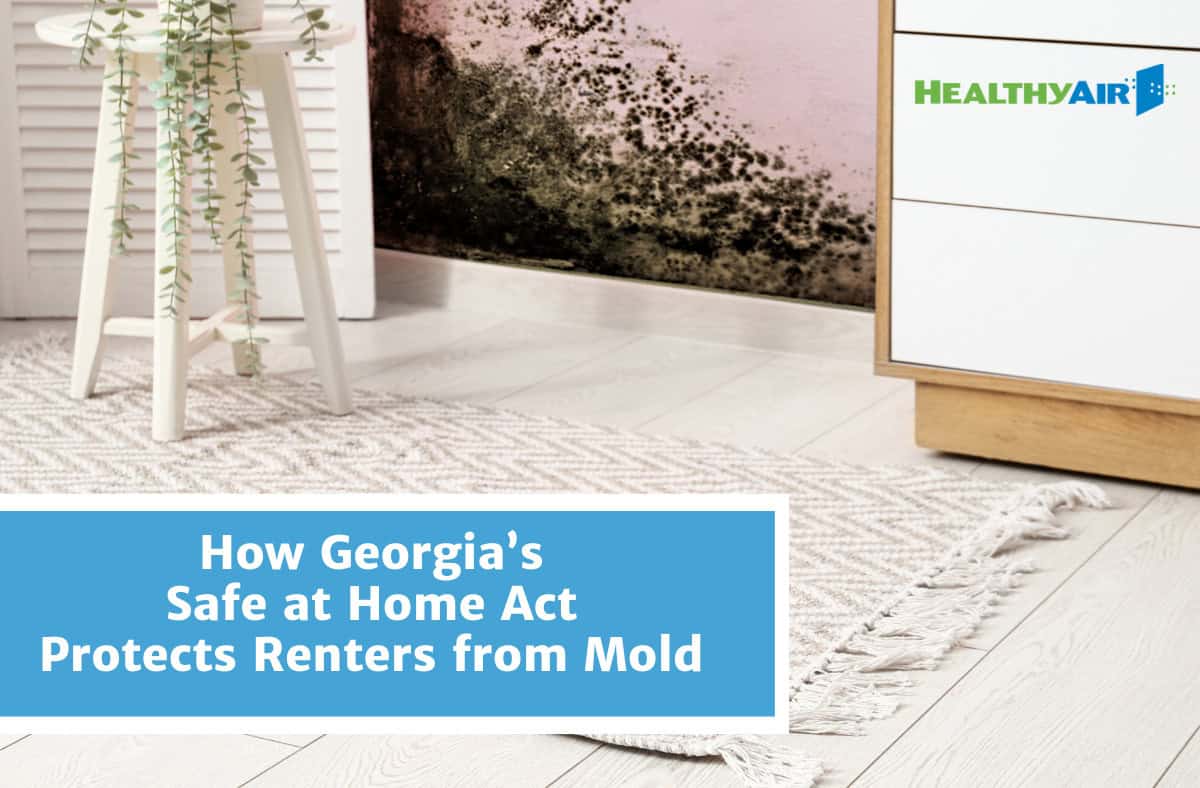5 Ways to Improve Your Home’s Air Quality

Do you ever feel physically better when you leave your home? Did you know your indoor air quality might be worse than the polluted, smog filled air outside? There is a direct correlation between these two thoughts. Poor air quality in your home puts your family at risk for asthma, illnesses, and other health related issues unless you take proactive steps to mediate the effects of the pollution. Below are ways you can measure your indoor air quality before hiring a professional, and ways you can mitigate the pollution in your home’s air today.
You might be asking yourself how you would even know if your indoor air quality was poor. There are ways to determine your indoor air quality before reaching out to a professional air quality consultant like HealthyAir USA. You need to ask yourself the following questions:
- Is anyone smoking indoors?
- Have you introduced new furniture or carpeting to your home?
- Have you used any fuel-powered appliances, such as the fireplace, without having proper ventilation outdoors?
- Is there standing water anywhere in the house, including the basement and garage?
- Is your indoor humidity consistently over 50%?
- Are all chemicals, whether used for painting or solvents, stored inside?
- Can you see or smell mold or mildew anywhere in the home, including bathrooms and especially in bedrooms?
If you answered yes to any of the above questions, keep reading to see how you can mitigate the risk of mold and air pollution in your home.
- Put a mat down. People track all sorts of pollutants and chemicals when they walk in your home. Put a mat down at the entrance of each room to reduce the number of toxins being tracked inside. Doormats reduce the number of pollutants and centralize them to one area, as opposed to tracking them all over your home.
- Get that fresh scent naturally. Spraying aerosol or any artificial scents in your home emit dozens of chemicals and gasses you can avoid. Air fresheners, laundry detergents and fabric softeners, including dryer sheets, all carry these pollutants with them. Get your home to smell nice by using a bundle of fresh lavender or rosemary, or homemade fragrances for the kitchen or bathroom, or by using essential oils on your pillow at night. Don’t try to mask moldy odor scents with artificial fragrances like candles or sprays. Just make sure to refresh your natural scent emitter, whichever you one choose, every few days to ensure it doesn’t mold.
- Keep your humidity levels balanced. The ideal level of humidity in your home should be between 30% and 50%, you don’t want to exceed 50% at the risk of mold accumulating. You can reduce your humidity by utilizing a humidifier in the winter months and an air conditioner in the summer months. You can also use your bathrooms ventilator while taking showers, and open a window every so often for proper air circulation.
- Buy houseplants. Plants are the earth’s natural aid against pollution. They are able to take all the pollutants we emit into the air and transform them into clean oxygen. The process is truly miraculous! It’s never a bad idea to include real houseplants throughout your home; aside from adding an element of calmness to your interior design, certain houseplants can actually clean your air naturally. Some of the best species of houseplants for this use are:
- Garden Mum: Ranked by NASA as the number one living air-purifier, garden mum removes ammonia, benzene, formaldehyde, and xylene.
- Aloe Vera: aloe has been shown to reduce formaldehyde and benzene, which can be caused by chemical-based cleaners
- Spider Plant: These plants also combat formaldehyde, benzene, and also carbon monoxide and xylene, common solvents found in leather furniture
You can also use Boston Ferns, Snake Plants, Peace Lilies, Golden Pothos, and Bamboo Palms to reduce the pollutants found in your home.
- Test for radon. Although this is not a physically noticeable gas, it can be lethal at certain amounts and should be eliminated immediately. Radon is a carcinogenic gas that is the second-leading cause of lung cancer in nonsmokers. You can test for radon with home testing kits, or by calling a consultant at HealthyAir USA to test your home for this invisible gas.
The air we breathe, the dirt we track inside, the chemicals we spray in our homes, all adds to the quality of our air. It’s vital for us to remain vigilant of what we’re allowing in our house. Be sure no one is ever smoking indoors, your humidity levels are maintained at a healthy rate, your home is being tested for radon and carbon monoxide. Although all of these quick fixes can help maintain the health of your air, it’s important to have it regularly tested for overall quality. Call HealthyAir USA when you need a full, thorough home air quality consultation.



